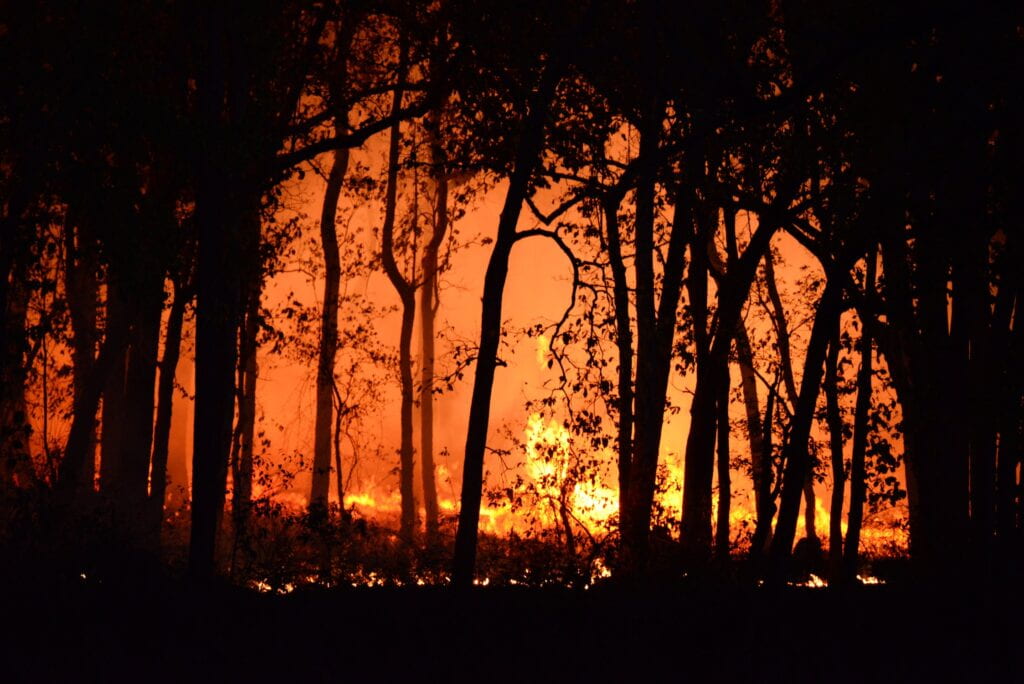
Climate change has affected the Colorado River by reducing the river’s flow by 20% compared to measurements taken in the early 1900s due to extreme heat, dry soil and decreased vegetation, increased water evaporation, and reduced rainfall and snowpack. As a result, an emergency water shortage was declared in an attempt to reduce water usage in surrounding farms, which use 70% of the water, and rapidly growing cities.
Continue reading “Katrina Paleologos and Emily Zambiazzi’s Water Shortage Crisis in the Lower Colorado River Operations Plan”

